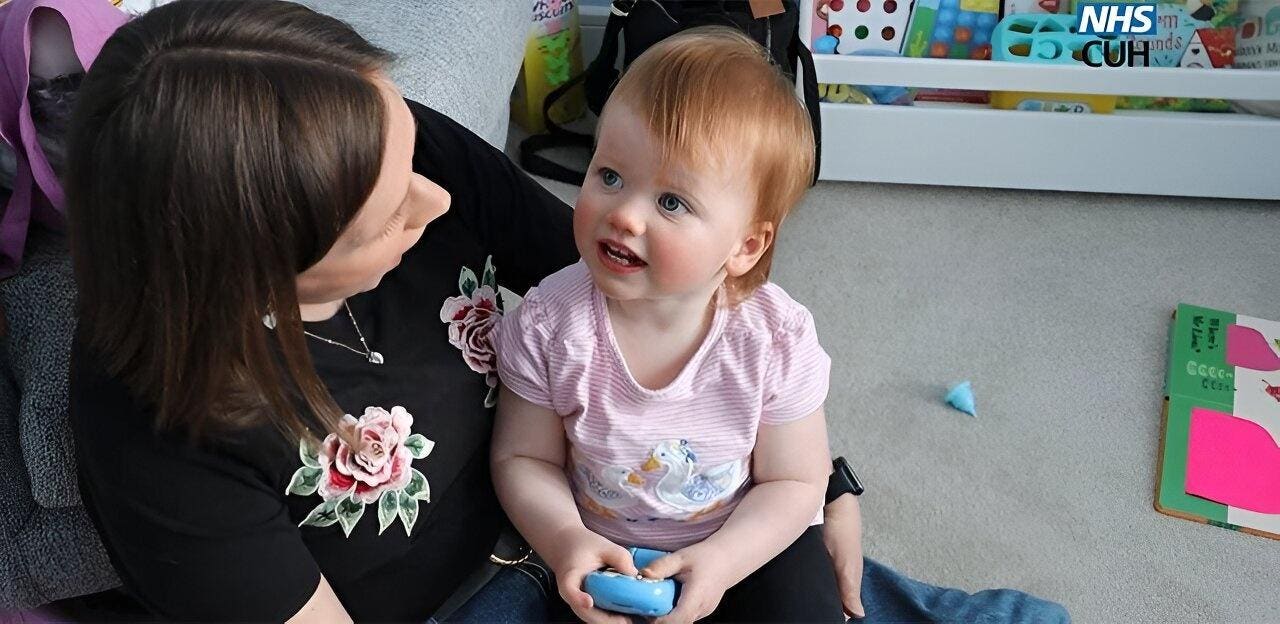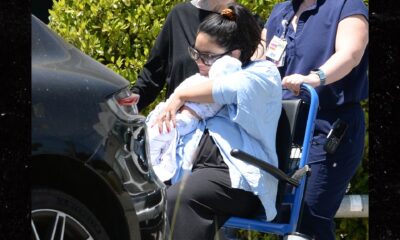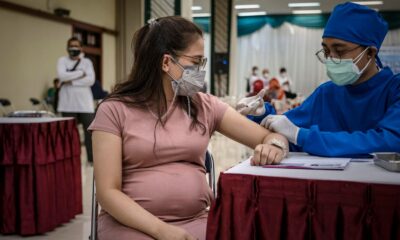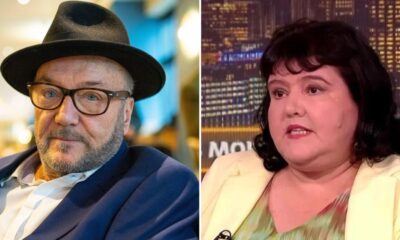Health
Gene therapy restores hearing to a deaf baby

Baby Opal and mother Jo
The story of Opal Sandy, a deaf baby, has received widespread attention. Restoring her hearing through gene therapy offers opportunities for people with genetic deafness and other hereditary conditions. This offers a beacon of hope where conventional treatments fall short.
Opal Sandy was born with a genetic hearing disorder; under normal circumstances she could expect to be deaf all her life. Gene therapy has changed that dramatically because it has given her the ability to hear.
Insight into the anatomy and genetics of hearing
Understanding hearing loss involves the complicated processes in the ear, especially in the cochlea. Here, specialized hair cells are crucial in converting sound vibrations into electrical signals sent to the brain. However, genetic mutations can disrupt this complicated process, leading to deafness. In fact, most hearing loss in children can be traced to these genetic mutations.
ACCESS Health International
In case of severe hearing loss caused by the otoferlin gene mutations As Opal has experienced, the problem originates in the inner hair cells of the cochlea. Inner hair cells convert sound vibrations into electrical signals, and otoferlin facilitates the release of neurotransmitters from these cells to the auditory nerve fibers, sending auditory signals to the brain. The gene contains instructions for making it the otoferlin proteinessential for communication between the cells of the inner ear and the auditory nerve fibers.
When mutations occur in both gene copies, the inner hair cells cannot produce a functional otoferlin protein. This disrupts the release of neurotransmitters from the hair cells, preventing the proper transmission of sound signals to the auditory nerve fibers. As a result, we experience hearing loss.
Otoferlin gene therapy aims to solve this problem by ddirectly introducing a working gene to the inner hair cells of the cochlea. The goal is to help the body produce more otoferlin protein, essential for restoring communication between the cells of the inner ear and the auditory nerve fibers.
The CHORD Trial: An In-Depth Look
Opal joined in the CHORD testa global phase 1/2 clinical trial. The study aimed at evaluating gene therapy for children with severe hearing loss caused by otoferlin gene mutations. The main goal was to determine whether gene therapy could help restore hearing in both ears by targeting the defective otoferlin gene using an adeno-associated virus vector. We will describe this in much more detail in a related story.
Diagram of the treatment performed in the CHORD study by Regeneron and Decibel Therapeutics.
The trial involved administering a low dose of gene therapy in one ear and gradually increasing the dose in later phases. The treatment involved a single injection into the inner ear, or cochlea, under general anesthesia, similar to the cochlear implant procedure. The vectors are designed to work in the inner hair cells of the cochlea. After being injected into the cochlear fluid, the inner hair cells become targeted and take up the vectors. These vectors then release the DNA containing the correct otoferlin gene, which allows the production of the otoferlin protein. The production of this protein leads to hearing recovery.
Study methods and limitations
The methodology of the CHORD study is rigorous and carefully structured to ensure safety and efficacy. Initially, the treatment was given to one ear to see what happened and to reduce any adverse effects. The first results were promising, with Opal showing significant improvement in her hearing ability within weeks of treatment. Within 24 weeks of treatment, Opal’s Hearing in the treated ear improved from profound deafness to near normal levels for her age. Opal can now hear soft sounds like whispers, and her hearing is ‘near normal’, with an average improvement of 80 decibels from baseline.
But like all groundbreaking medical interventions, this research also has its limitations. The process is still in its early stagesand long-term data on the durability of treatment and its possible side effects are not yet available. Furthermore, as with any gene therapy, there is a risk of immune reactions and other unforeseen complications.
Implications for the future
The success of this gene therapy offers a promising glimpse into the future of the treatment of genetic hearing loss. For individuals with otoferlin gene mutations, this therapy could be an alternative to cochlear implants, which, while effective, do not fully mimic natural hearing. Gene therapy aims to restore normal physiological hearing by addressing the cause of the hearing loss.
Although the future of gene therapy seems promising, it is essential to approach it realistically. Challenges such as high treatment costs, ethical considerations and potential long-term effects need to be addressed. Extensive research and clinical trials are needed to ensure the safety and efficacy of these therapies. The medical community must also overcome regulatory hurdles and secure funding to move these treatments from the laboratory to the clinic.
A positive view of the future
At its core, Opal Sandy’s story is a powerful reminder of the potential of science. It also serves as a call to action for medical professionals, researchers and policy makers to support and promote gene therapy so that more people can benefit from these treatments.
——
This story is part of a series about current advances in regenerative medicine. In 1999, I defined regenerative medicine as the set of interventions that restore tissues and organs damaged by disease, injured by trauma, or worn down by time to normal function. I include a full spectrum of chemical, gene and protein-based medicines, cell-based therapies and biomechanical interventions that achieve that goal.
In this sub-series we focus specifically on gene therapies. We explore current treatments and explore the advances that are poised to transform healthcare. Each article in this collection delves into a different aspect of gene therapy’s role within the larger story of regenerative medicine.
To learn more about regenerative medicine, read more stories at www.williamhaseltine.com













